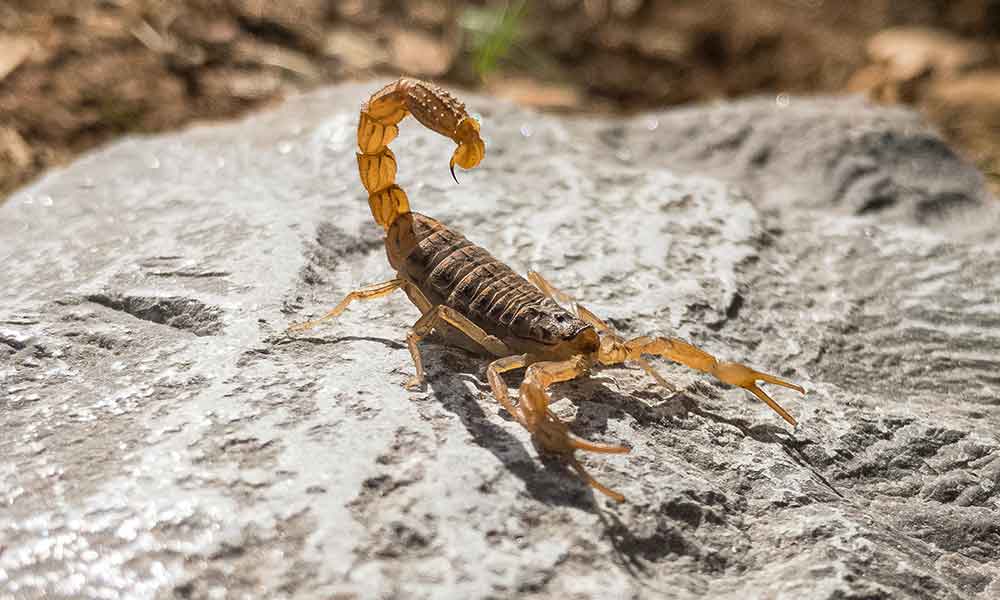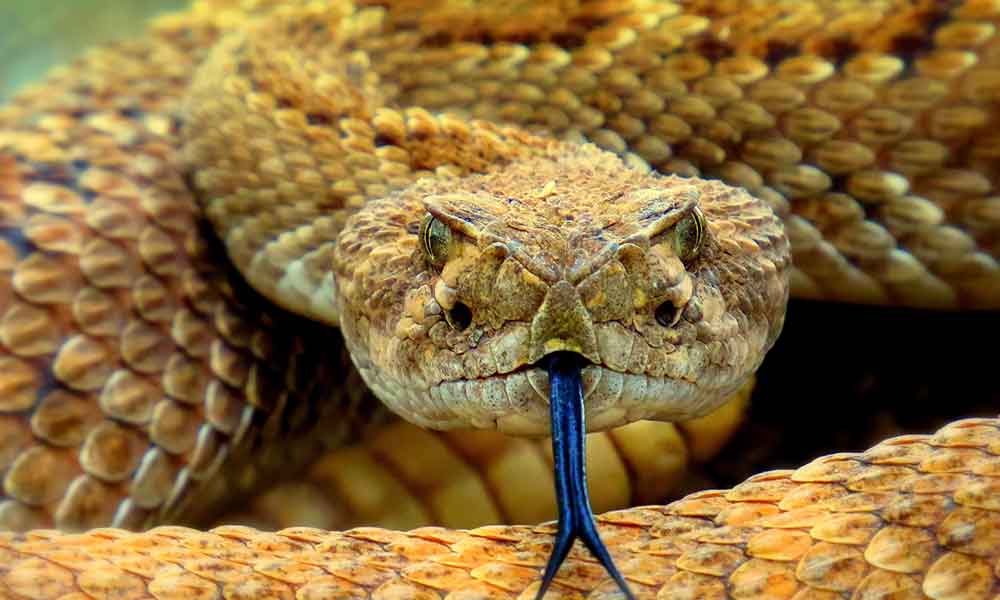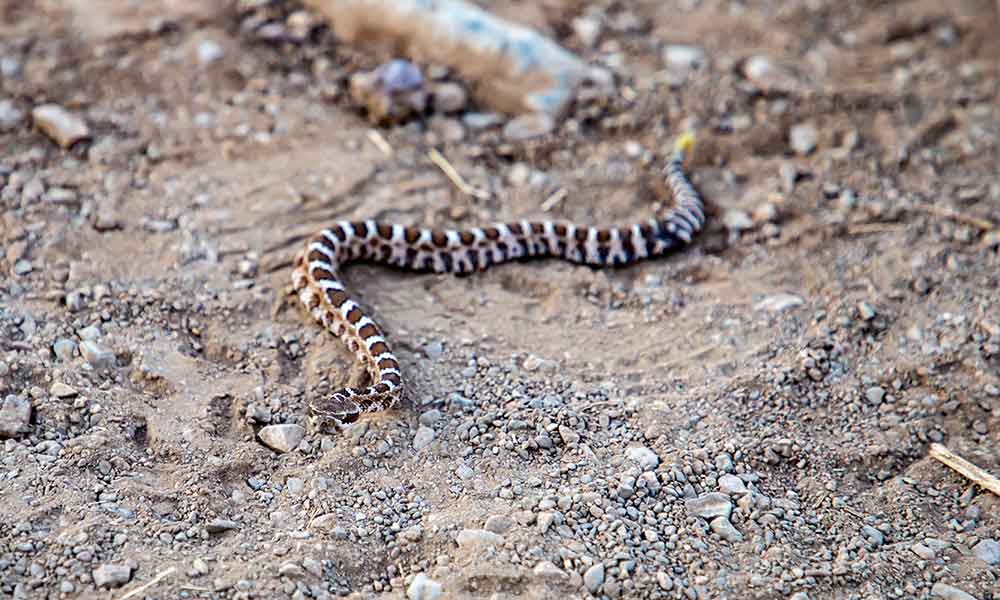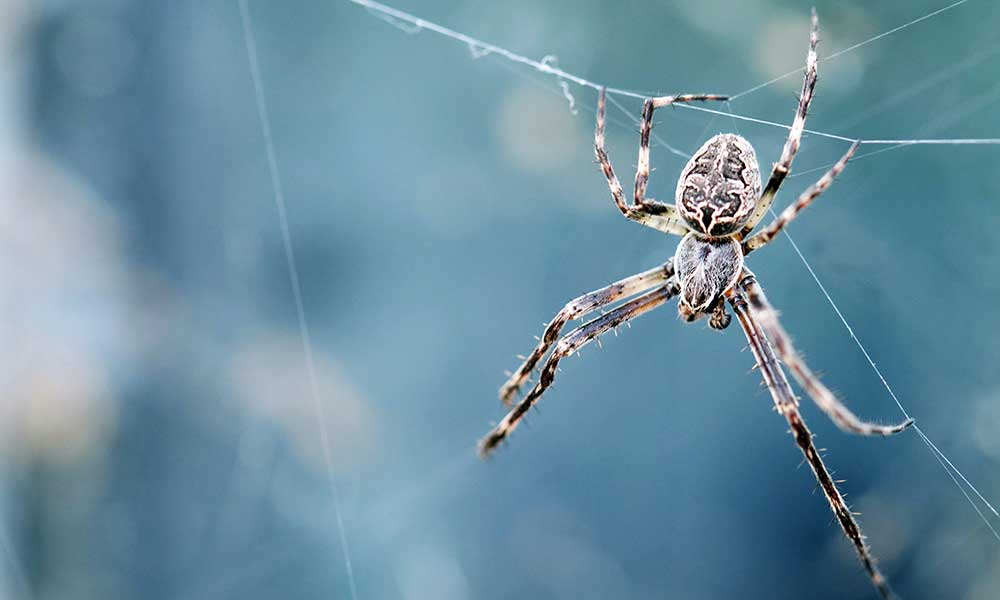The ocean is home to many wondrous creatures. Manta rays are fish that have a broad head and triangular pectoral fins. These animals have large brains and are gentle creatures. Here’s more about manta rays and interesting facts about them.
Manta rays are not dangerous to humans. However, humans need to be cautious around manta rays because they are timid and easily threatened. It’s important to always keep in mind manta rays are wild animals, regardless of how calm they may appear. They don’t sting and don’t have barbs.
How Big Are Manta Rays?
Manta rays can have a wingspan of up to 29 feet across. The giant manta ray is one of the largest fish in the world. There are different types of manta rays, and they come in different sizes.
What Are the Different Types of Manta Rays?
There are two different types of manta rays, such as the Giant Manta Ray and the Reef Manta Ray. Although both of these animals are classified as manta rays, they are not the same animal.
Giant manta rays can co-exist in subtropical can tropical waters. These manta rays can be found near and around the coastal areas of the oceans around the world. The giant manta ray is the largest type of ray in the world. These migratory, slow-growing animals have populations that are sparsely distributed across the world.
The Reef Manta Ray is the second-largest ray in the world. This iconic marine species can be found in relatively shallow waters along the coastal reefs and is commonly encountered by snorkelers and divers. These manta rays are widely distributed throughout the subtropical and tropical regions of the West Pacific and the Indian Ocean.
Do Manta Rays Sting?
Manta rays do not sting because they do not have stingers. Some people mistake their long tails for stingers, but this is a feature that often gets manta rays confused with stingrays.
Do Manta Rays Have Barbs?
No, manta rays do not have barbs. A manta ray’s defense is flight. In this scenario, flight is the ability to swim at high speeds. Manta rays can outrun most of their predators, including sharks.
Is a Manta Ray a Fish?
Yes, a manta ray is a fish. Manta rays are known as devil fish because of their unique features, such as their horn-shaped cephalic fins. Many people believe these fins give manta rays an evil appearance. This sea creature belongs to the Mobulidae animal family, which includes stingrays.
What Do Manta Rays Eat?
Manta rays are filter feeders, which means they swim with their mouths open, catching small creatures, such as krill and zooplankton. Manta rays have grill plates. These plates are rows of tiny rakes that line a manta ray’s mouth.
When eating, manta rays use creative techniques, such as performing somersaults repeatedly to remain in one spot to catch as much krill as possible. Manta rays also chain feed. When manta rays chain feed, they follow each other in a circle with their mouths open. When these sea animals chain feed, they create a cyclone effect, allowing them to trap food in a spiral.
Where Do Manta Rays Live?
Manta rays live in areas that provide tropical or subtropical waters. These sea creatures can thrive in different environments because they can adapt well over time. Manta rays are more migratory than they are territorial. Manta rays are found worldwide, especially in oceanic inlets and intercostal waterways.
Is There a Difference Between a Manta Ray and a Stingray?
Manta rays are often confused with stingrays. Both sea creatures are cartilaginous fish in the shark family and have large triangular pectoral fins. However, there are distinct differences between manta rays and stingrays.
Manta rays eat mostly plankton, while stingrays eat various kinds of sea life. Stingrays have poisonous barbs on their tails, while manta rays don’t have stingers. One of the most obvious differences between manta rays and stingrays is their size. Manta rays are much larger than stingrays.
How Much Does a Manta Ray Weigh?
The weight of a manta ray depends on the type of ray it is (reef or giant manta), and its gender. However, the weight of these fish can only be estimated. Most manta rays weigh between 50 and 100 pounds.
Where Can You Dive or Snorkel With Manta Rays?
The best place to dive or snorkel with manta rays is Hawaii. Other locations that are excellent for diving and snorkeling with manta rays are Socorro Island, Mexico, and Costa Rica.
Is There a Season for Manta Rays?
There are two distinct manta ray seasons. From May to November, this is known as Southwest Monsoon. During this time, reef manta rays located in the Maldives are found across the eastern side of the atolls. From December to April, this time is known as the Northeast Monsoon. During this season, manta rays are often spotted on the western side of the atolls.
When Is the Best Time of Day to See Manta Rays?
The best time of day to spot manta rays is during the evening. Why? Plankton is attracted to light, and during the evening when light is scarce, you can create an alternative light source above the water and watch plankton appear. Since manta rays eat plankton, you’re more likely to catch a glimpse of these sea animals during the evening.
When Do Manta Rays Mate?
There’s a lot of information about manta rays and mating that isn’t known. However, there are some known facts. Mature female manta rays mate once every two years. Scientists believe female manta rays mate on this schedule to allow their bodies to build up energy and vitality before mating again.
What Is the Life Cycle of a Manta Ray?
The life cycle of a manta ray is as follows:
Egg
Manta rays develop as an egg inside the female. The egg hatches inside the mother after one year before live pups are born.
Yearling
Manta rays give birth once every two to three years. One pup (baby manta ray) is born with the appearance and behaviors of their parents.
Juvenile
As a juvenile, manta rays are left to fend for themselves. During this time, little manta rays learn how to find food and maneuver around the reef or ocean.
Adult
In the adult stage, manta rays start to have pups of their own. Manta rays can live as long as 50 years. When female manta rays are 8 to 10 years old, they are ready to mate. Baby manta rays, pups, are created inside the body, where the egg develops.
Threats and Conservation for Manta Rays
Threats
There are different threats that manta rays face, such as being accidentally caught and killed by careless fishing methods. There is also the gill plate trade, which is the biggest threat to manta rays. A manta ray’s gill plate is in high demand because of traditional medical practices. It is believed the gill plate possesses medicinal properties that can heal anything, including heart disease, asthma, and chickenpox.
Conservation
Reef manta rays are considered vulnerable and protected under the Endangered Species Act. As an endangered species, manta rays are in danger of extinction. The Endangered Species Act was passed by Congress in 1973. This act recognizes the value of manta rays to the environment, and without proper protection, these native animals will become extinct.
How Much Do You Know About Manta Rays?
What Is the Biggest Manta Ray Ever Recorded?
The biggest manta ray ever recorded is the giant oceanic manta ray. This manta ray had a wingspan of 9.1 meters (30 feet).
Is It Safe to Swim With Stingrays?
Yes, it is safe to swim with stingrays. However, you need to be cautious and avoid stepping on them. Practice shuffling your feet in the sand instead of stepping up and placing your feet in the same to avoid accidentally stepping on one of these critters.
Are Manta Rays Friendly?
Manta rays are some of the most friendly sea creatures you want to meet. These animals are not hostile towards humans and easy to get along with. It’s not uncommon for a manta ray to spend 10 to 15 minutes with divers because of their inquisitive nature.
Are Manta Rays Aggressive?
Manta rays are not aggressive by nature. However, like all animals, they have a defense mechanism they use to protect themselves. Although manta rays don’t have a poisonous stinger, like stingrays, the manta ray’s tail can be dangerous if they feel threatened.
Can You Touch a Manta Ray?
It is advised that you avoid touching manta rays because you can injure them by removing their protective layer of mucus. Even if a manta ray swims close to you, you need to resist the urge to pet them.
Does Anything Eat a Manta Ray?
Natural predators of manta rays include various types of sharks and killer whales. These predators are the reason you may notice the occasional half-moon bite mark on a manta ray’s wing.
Manta rays are some of the coolest animals in the ocean. These cool sea creatures love attention, just remember not to touch them.






